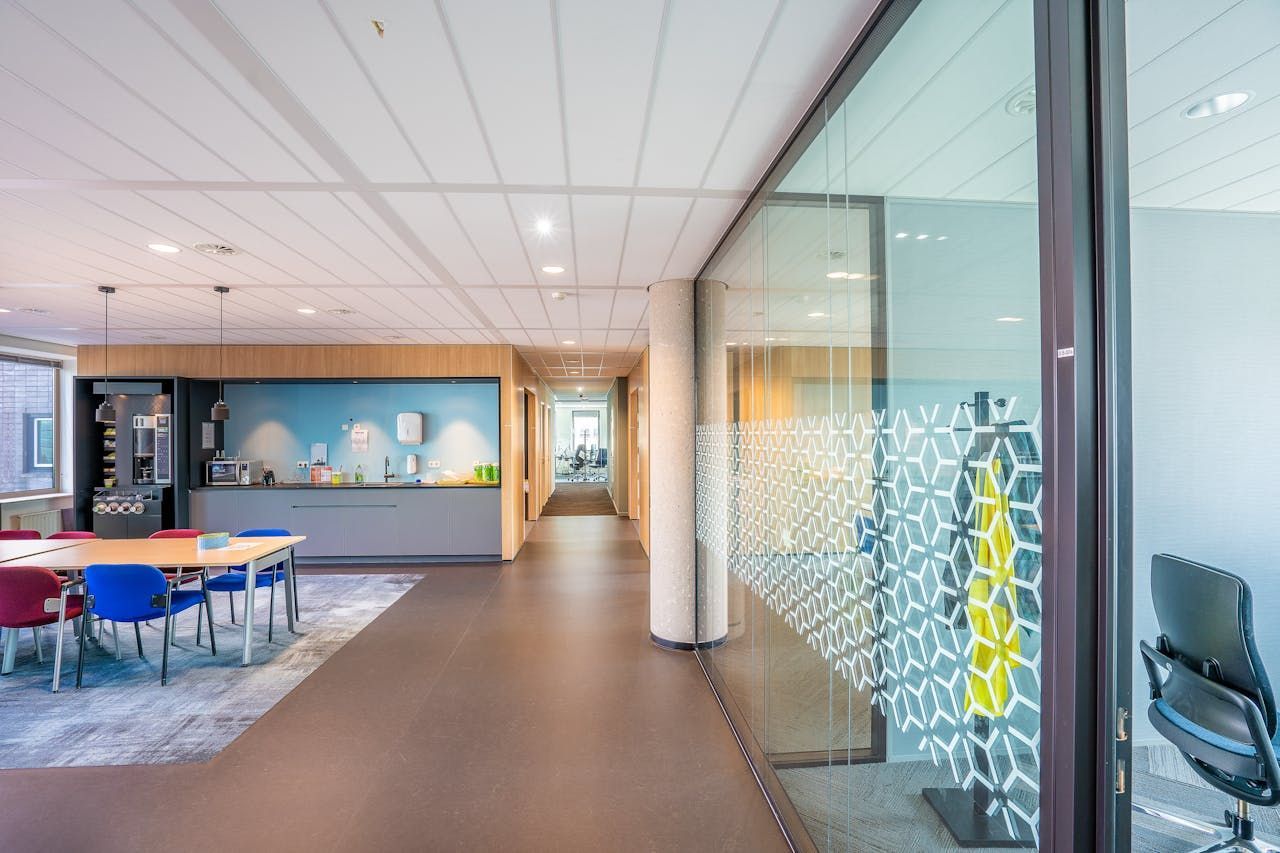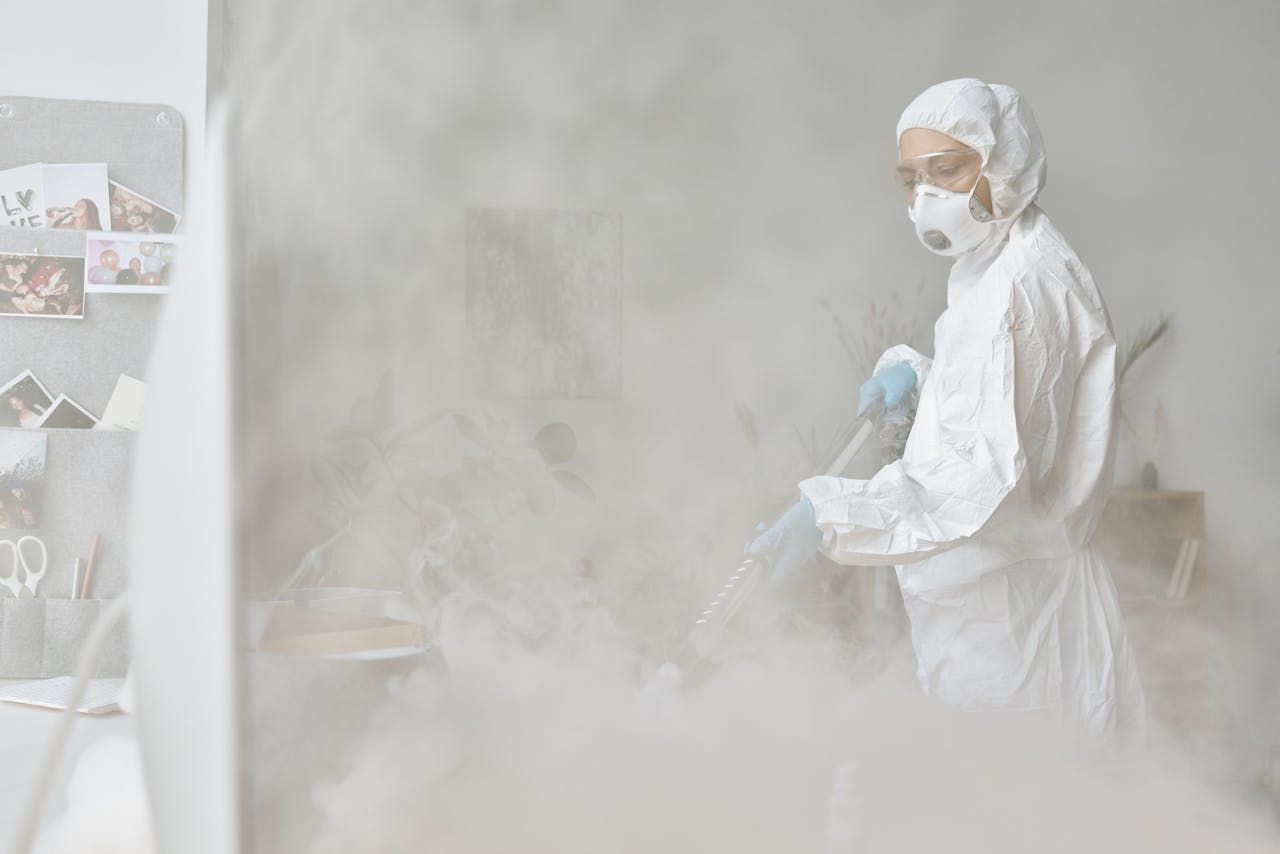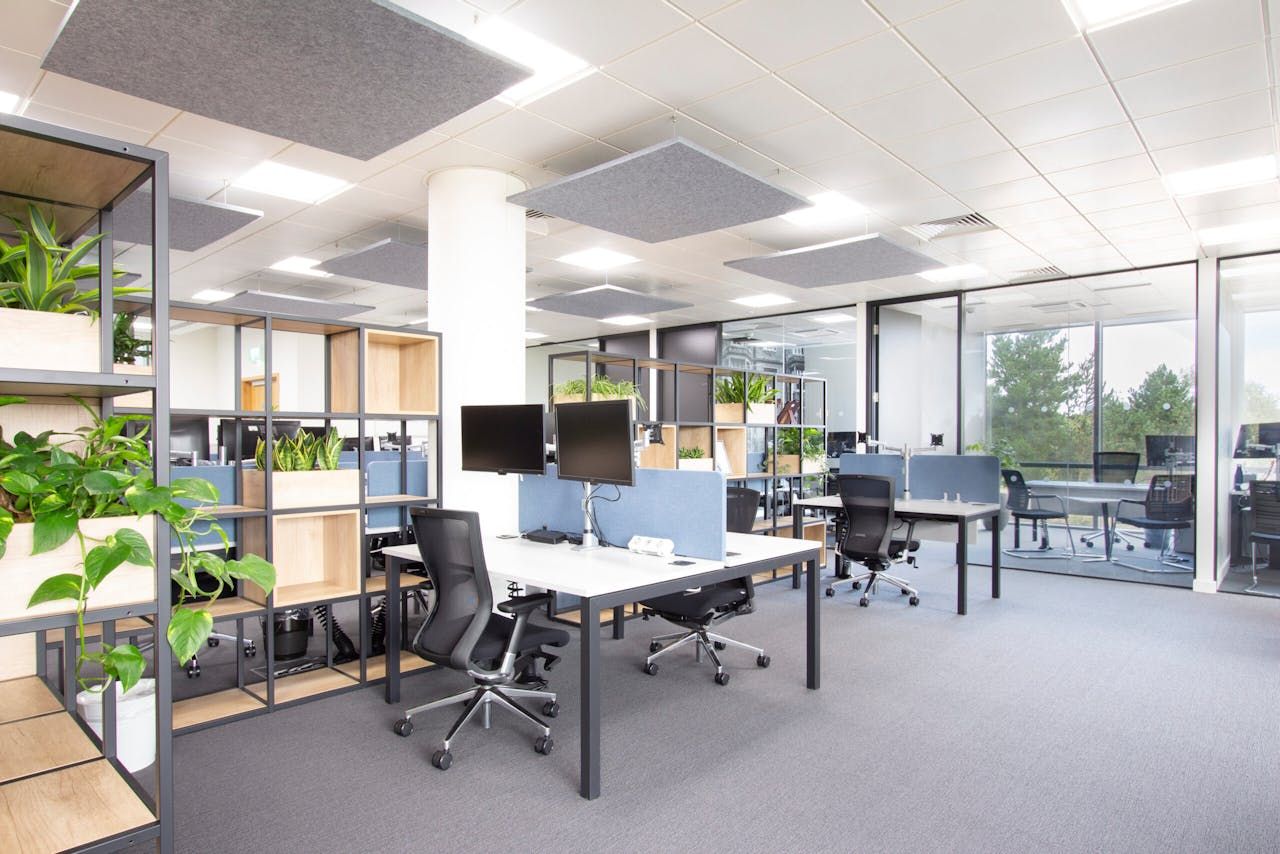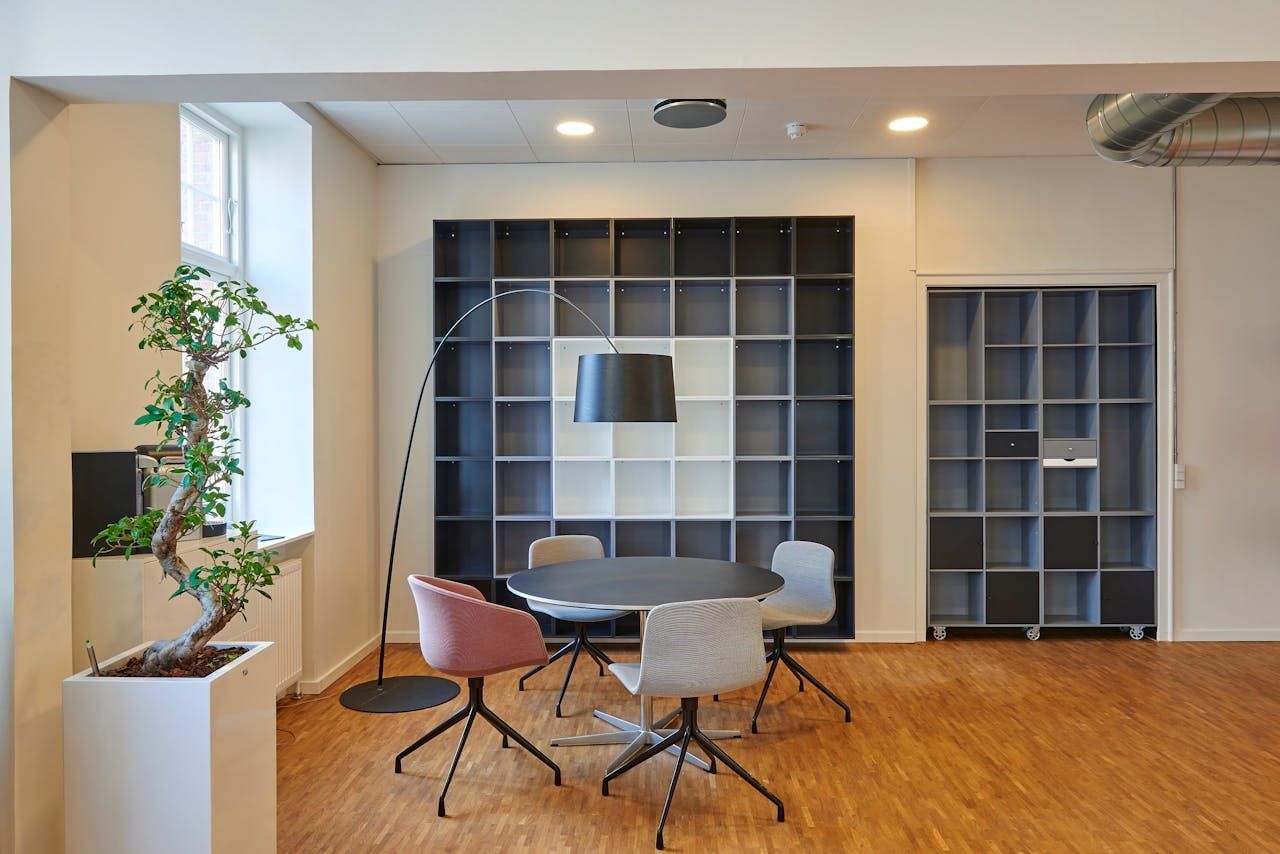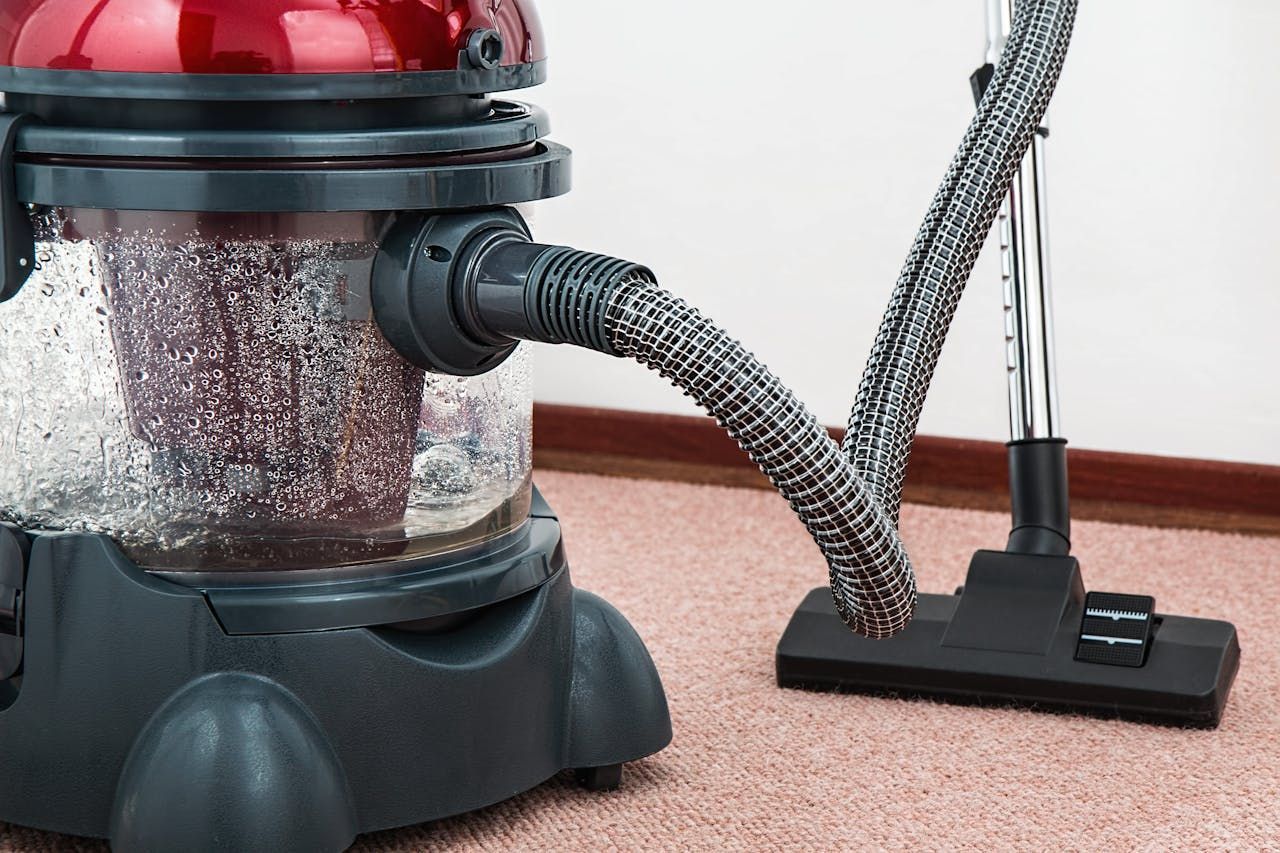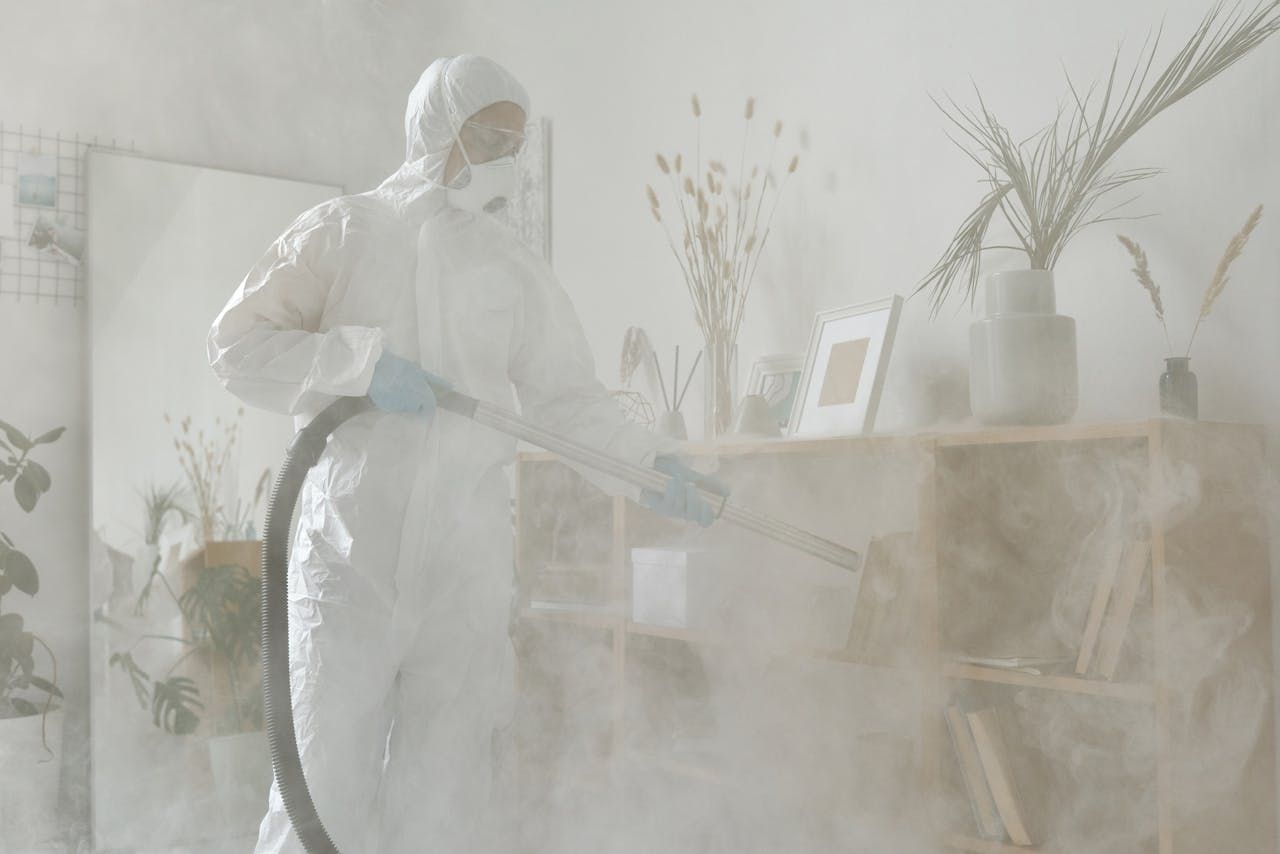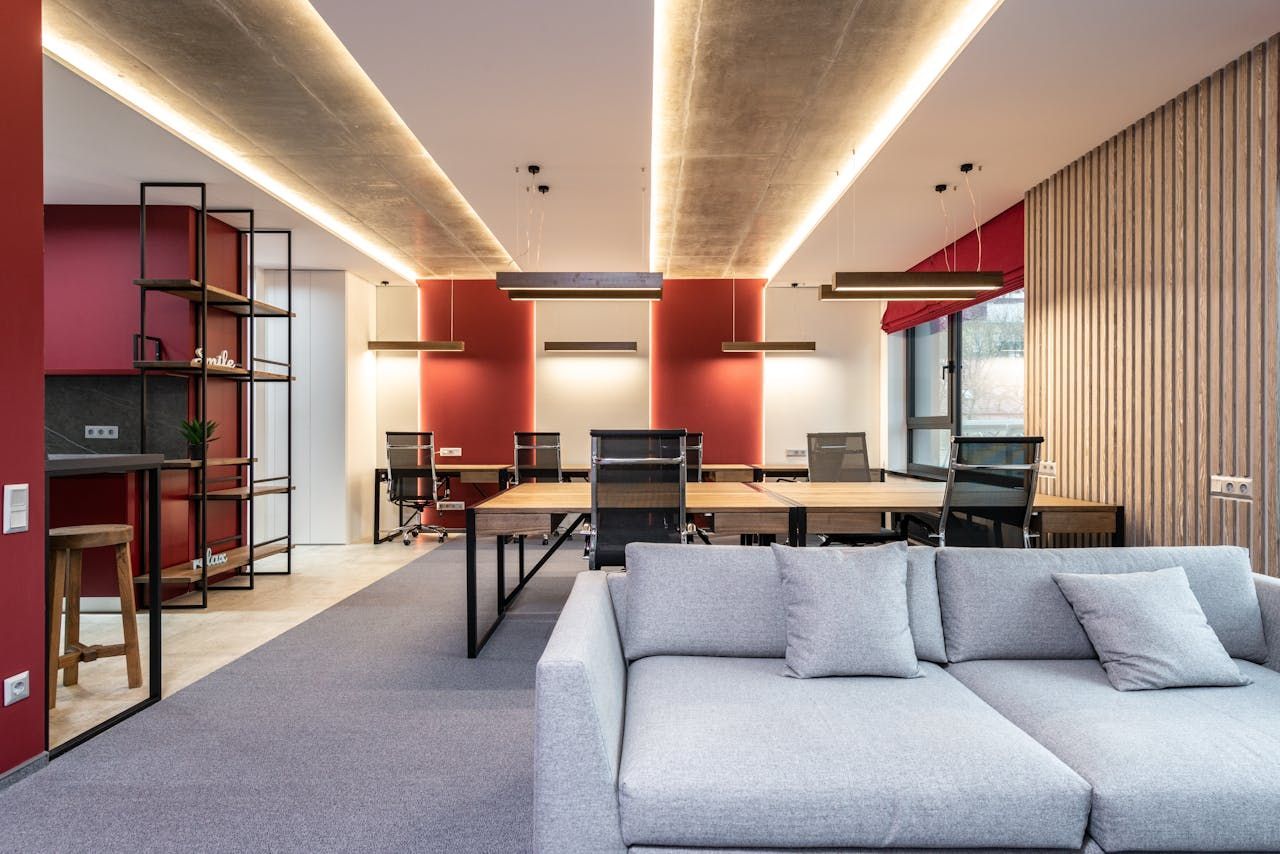The Dirty Secrets Hiding In Your Office Carpet & Why Regular Cleaning Is A Must!
Carpet is a fairly common feature in office buildings. It has many benefits, including better insulation, reduced noise and a nice aesthetic. You’re most likely to find carpet in boardrooms, receptions and private offices, but plenty of workplaces use carpet throughout their whole building.
And while we can wax lyrical about the great qualities of carpet, you have to also understand that it has a greater need for cleaning - and carpet cleaning can often be overlooked to the detriment of your flooring.
Get ready to discover the gruesome things lurking in your carpet fibres…
The Hidden Nasties: What You’re Walking On
Even low-pile carpets, with their shorter and tighter loops of fibre, can become a haven for dirt, dust, and allergens like pollen.
That’s not to mention the grime transferred underfoot from outdoors, including animal urine, faecal matter, and even spit. Bacteria, germs, liquid spillages, crumbs, dust mites, and fleas can also find their way into your carpet fibres simply from normal daily usage.
But don’t rip up the carpets just yet. With proper care and regular cleaning, your carpet can remain a clean and comfortable part of your office. Sounds disgusting, but carpet really isn’t - as long as proper care is taken to keep it clean.
The Health Risks Of A Dirty Carpet
With those tiny, troublesome nasties in mind, we, unfortunately, have more bad news to share.
A dirty carpet poses various health risks that you may not even be aware of - in fact, most people don’t realise what’s trapped in their dirty office carpets.
Individuals with allergies are at the greatest risk. The presence of dust, pet dander, and pollen in carpet fibres can trigger allergic reactions. Additionally, bacteria and germs that flourish in unclean carpets can cause illness and infections. Your staff may come into indirect contact with the carpet unknowingly, such as by placing their bag on the floor and then touching their face after picking it up.
If allergies and illnesses weren’t enough, there are also critters. Bug bites from fleas or dust mites are an infrequent but very real concern. The unpleasant odour emanating from a dirty carpet can be particularly bothersome for those with sensitive noses too.
So, to maintain a healthy working environment, regular and
professional carpet cleaning
is essential in order to minimise these health risks and make sure your workspace is safe.
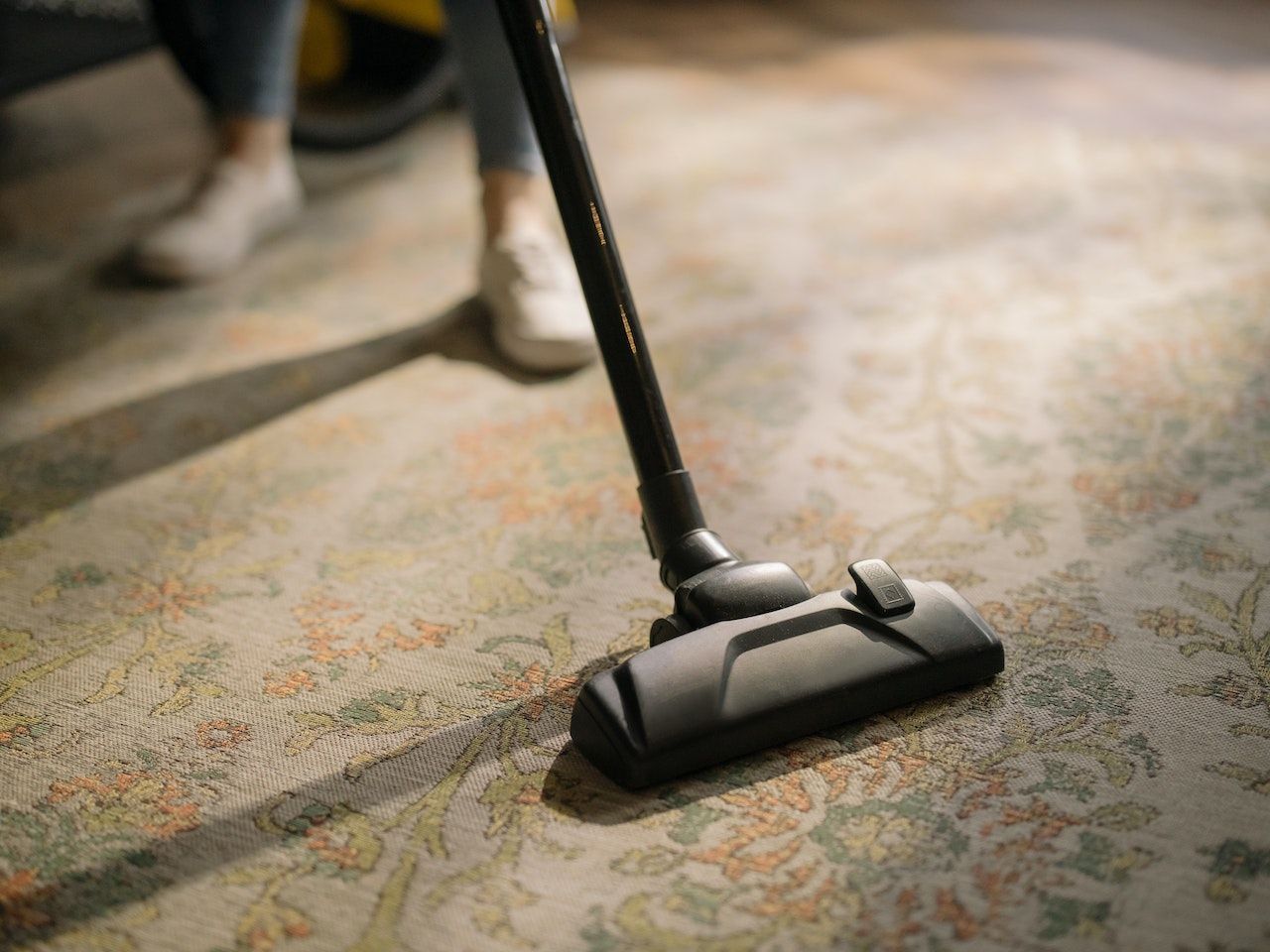
A Clean Routine
You need a clean routine, but where do you start? Whatever you do, don't underestimate the importance of regularly cleaning your office carpet. A clean carpet not only enhances the overall feeling of your workspace but also plays an important role in promoting a hygienic atmosphere for everyone who steps into your office.
By implementing a clean routine and taking preventive measures, you can ensure that your office carpet remains in top condition. Consider a routine that includes…
Daily Vacuuming:
The foundation of any carpet cleaning routine is regular vacuuming. This simple yet effective task helps remove loose dirt, dust, and debris from the carpet's surface. Make it a habit to vacuum your office carpet daily to prevent the accumulation of allergens and maintain a fresh look.
Deep Cleaning: In addition to daily vacuuming, deep cleaning your office carpet every few months is essential to eliminate embedded dirt, stains, and allergens that regular vacuuming might miss. Deep cleaning methods such as steam cleaning can effectively cleanse carpet fibres. This process rejuvenates the appearance as well as improves indoor air quality.
Preventive Measures: Alongside regular cleaning, taking preventive measures can significantly extend the lifespan of your office carpet and keep it cleaner for longer. Placing doormats at entryways helps trap dirt and moisture before they even reach the carpeted areas, ultimately reducing the amount of debris tracked in.
Bonus tip:
Creating designated break areas with proper facilities for your staff to enjoy their meals away from workstations promotes a more hygienic office environment. It also encourages employees to take well-deserved breaks away from their desks!
A well-maintained carpet not only enhances the aesthetics of your office but also contributes to a productive and comfortable working environment for everyone. So, make it a priority to invest in the cleanliness of your office carpet and reap the benefits of a pristine and inviting workspace.
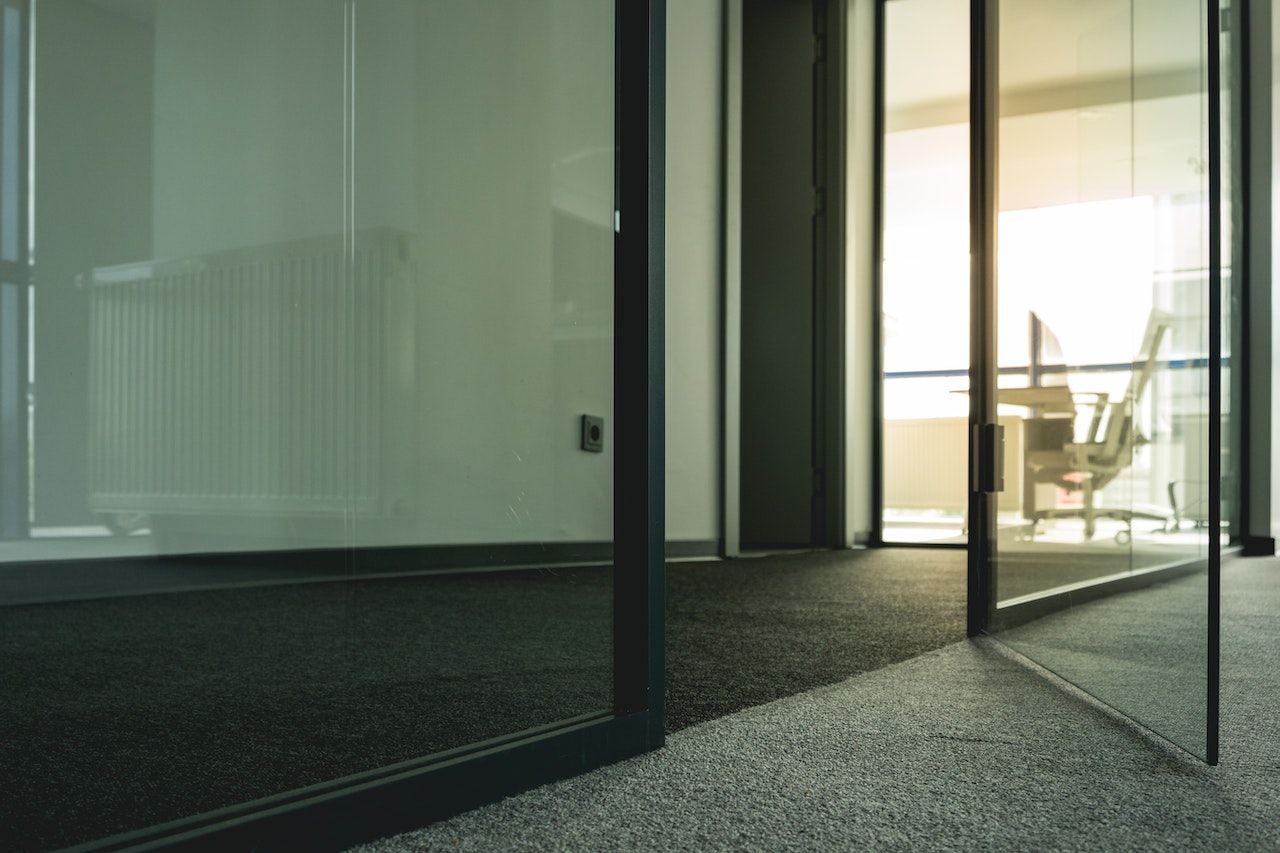
Professional Carpet Cleaning
Carpet cleaning isn’t something you can easily do yourself. There is equipment you can hire, but it’s not as simple as it seems. Too dry and you don’t get a good clean; too wet and you end up with a soggy carpet that risks mould growth.
Carpet cleaning is often best left to the professionals, and yes, we’re a bit biased!
When it comes to carpet cleaning, trust the experts at LNC. With our specialised knowledge and experience, we deliver superior results that DIY methods simply can't match.
Plus, hiring a professional company ensures you're covered by insurance, providing peace of mind. LNC's advanced equipment and techniques effectively remove dirt, stains and allergens, revitalising your carpet and freeing up your time.
By integrating our services into your regular cleaning schedule, you’ll maintain a healthier environment and extend the lifespan of your carpet. Don't settle for subpar results or unseen health risks - opt for professional carpet cleaning to enjoy a fresh, clean, and well-cared-for carpet in your space.
What Dirty Secrets Is Your Office Carpet Hiding?
So, if you’re looking at your office carpet with horror, wondering what’s lurking beneath your feet, get in touch with LNC for your professional carpet cleaning. Request a quote today from our office carpet cleaning professionals, and you can keep your carpet safe, clean and smelling great for your employees and visitors.
